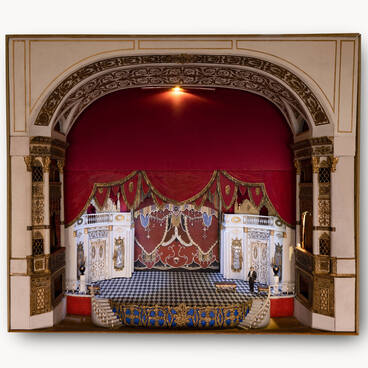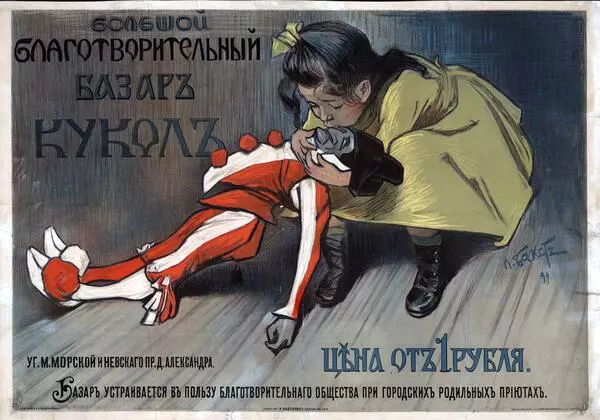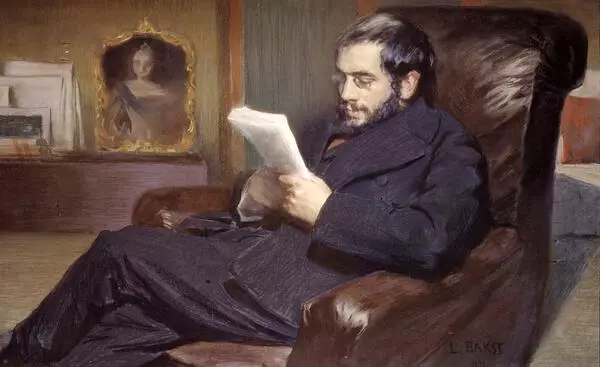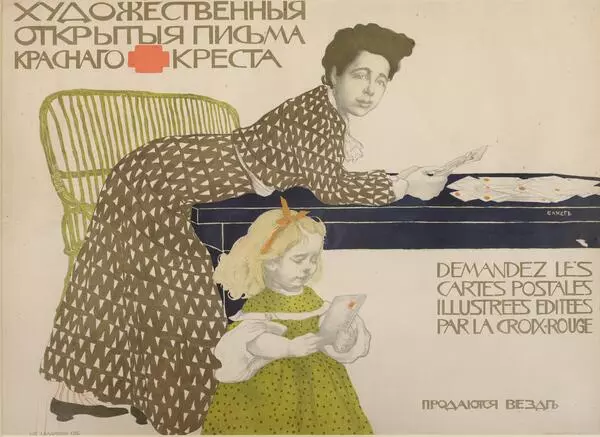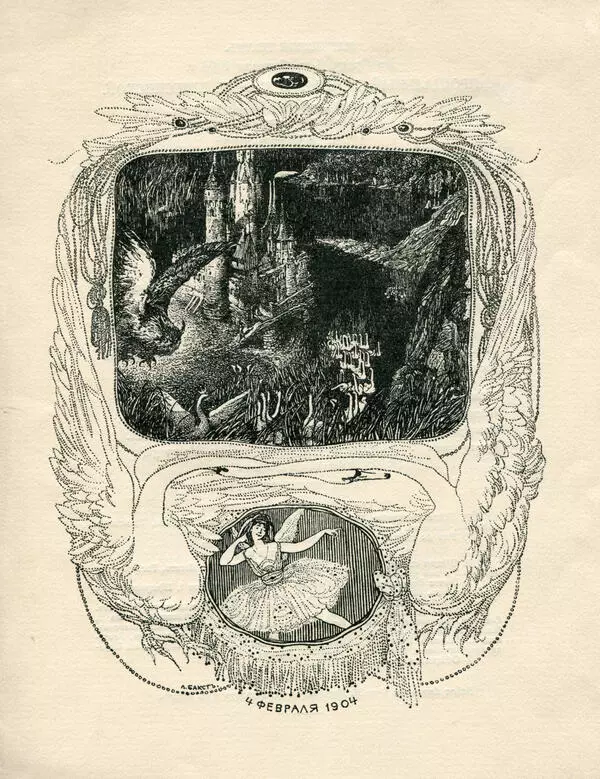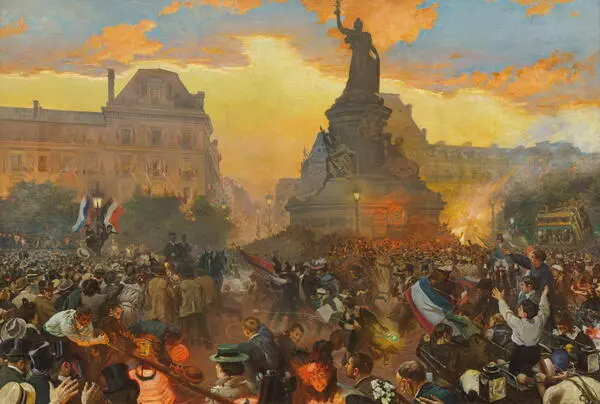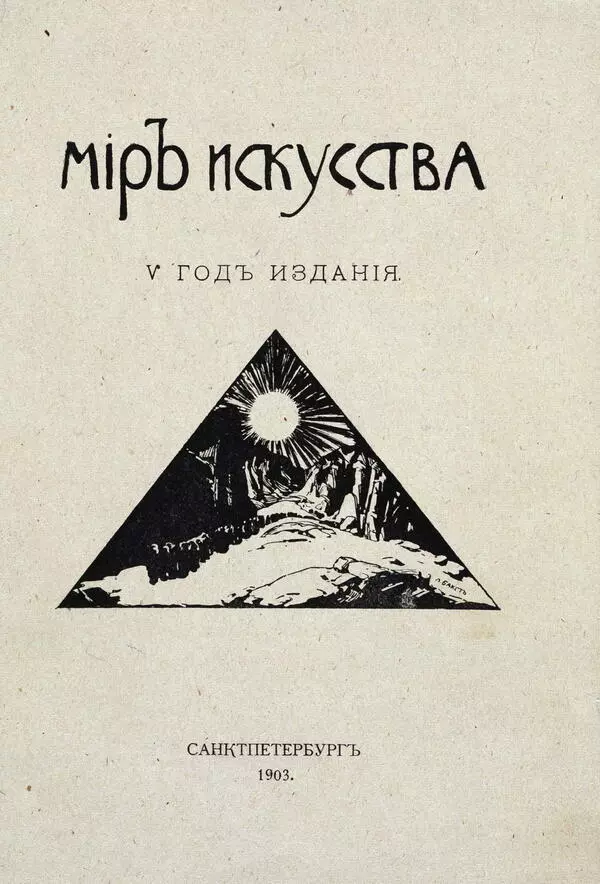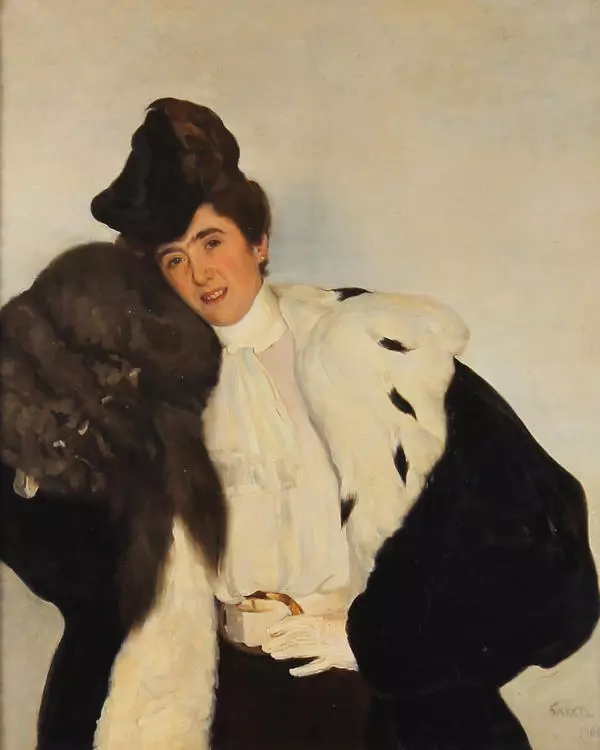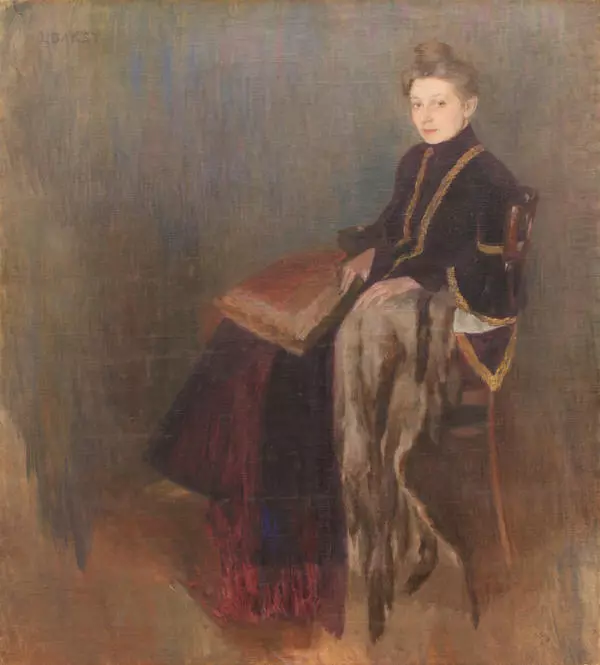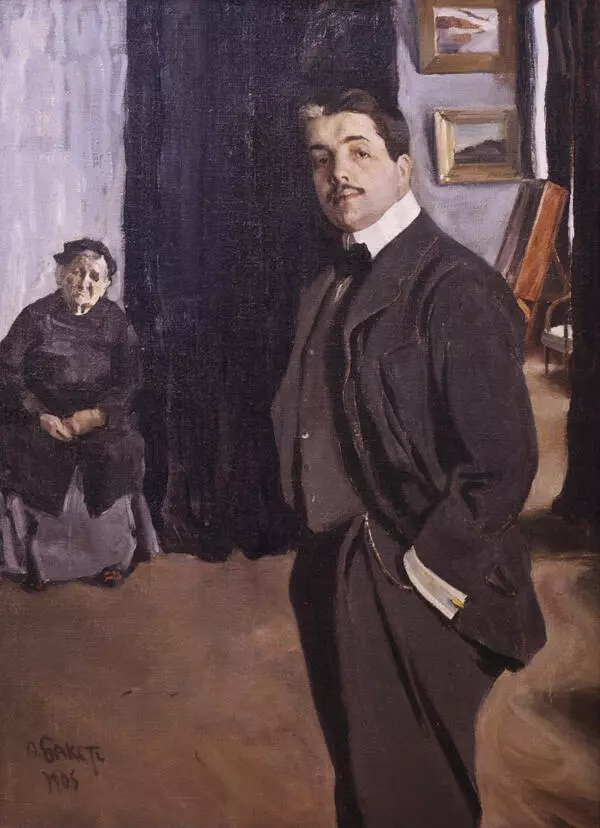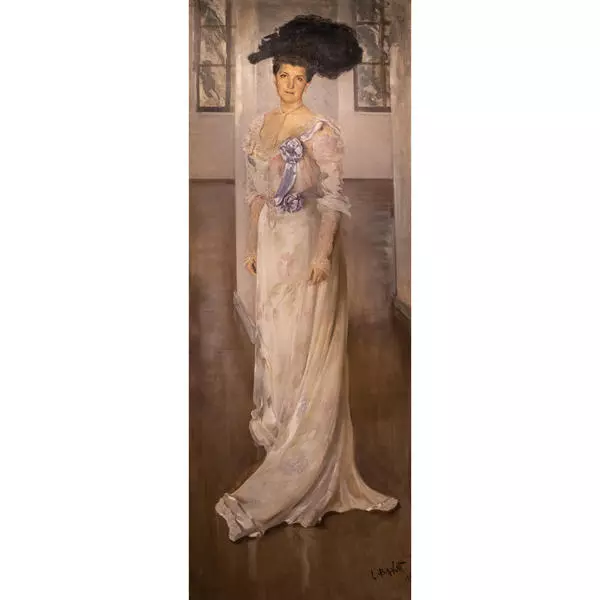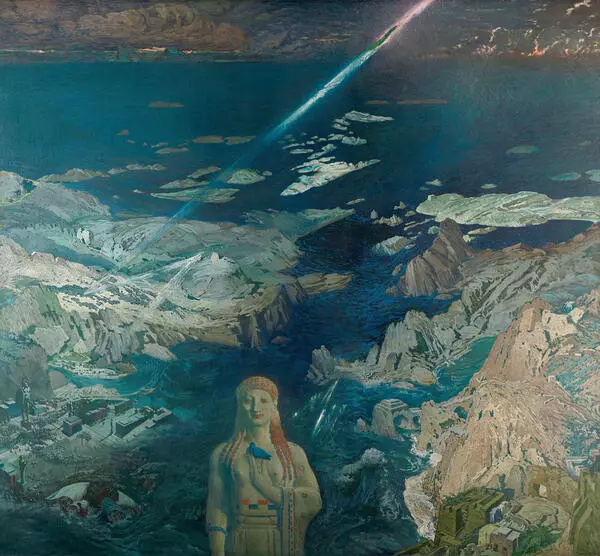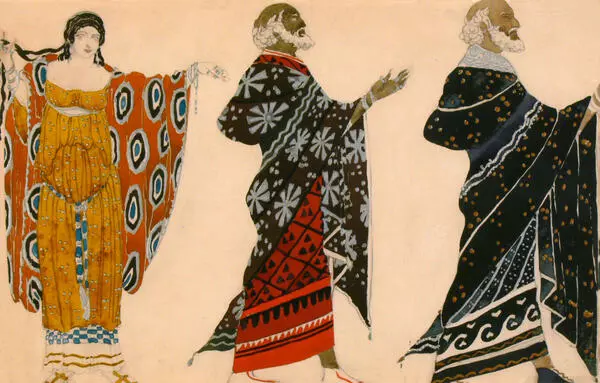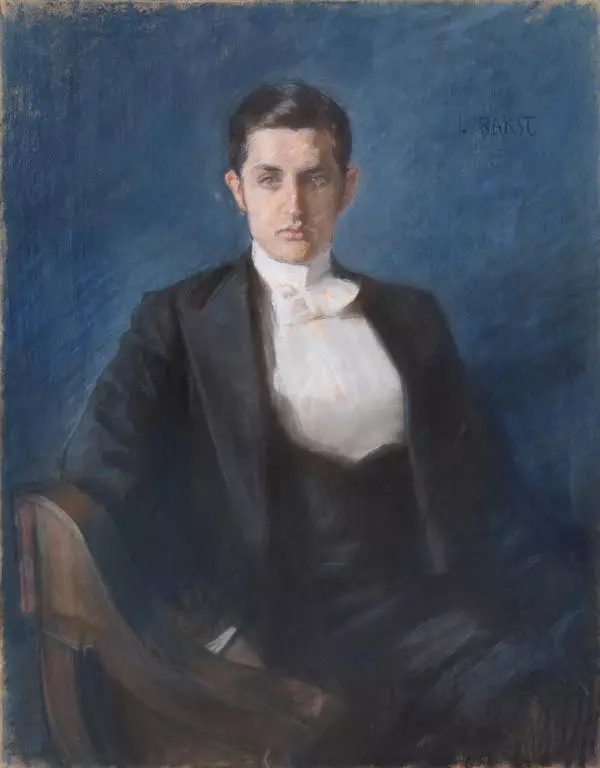The museum houses the costume of Theseus from the tragedy play “Hippolytus” by Euripides. The play was staged at the Alexandrinsky Theater in 1902. The drafts of the costumes and the scenery were prepared by the artist Léon Bakst. This project became one of the first works for Bakst as a theatrical designer. By the early 20th century, the artist had mostly established himself as a book illustrator, an easel painter, and a member of the Mir Iskusstva artistic movement. It was the illustrations made for the “Mir iskusstva” magazine that made him well-known.
Bakst fully agreed with the founders of the Mir Iskusstva movement prioritizing aesthetics above everything else. The costume of Theseus reflected the artist’s approach. Bakst chose not to be historically accurate but rather make the outlines look graceful, airy and ornate.
Bakst applied his intuition and aesthetic sensitivity to the stage sets as well. His preparatory research consisted of making sketches in the Hermitage and looking over the information discovered during the excavations led by Heinrich Schliemann and Arthur Evans. As a result, the stage sets adopted the archaic look and included elements of the Ancient Greek theater.
The layout of the stage influenced Bakst’s design decisions. The stage structure was crowned by an Ancient Greek orchestra with a credence table — during the play, the chorus would appear on it four times. The orchestra and the proscenium, where the play unfolded for the most part, were connected by two side five-step stairs.
This way, the stage was seen as divided into two narrow levels with multifigure compositions. The construction was supposed to look like an elongated bas-relief. Such scenery met the expectations of the director Yury Ozarkovsky, who took the task quite seriously and even enrolled for a class at the Imperial Archaeological Institute.
Some time afterward, Lev Bakst went to Greece together with the artist Valentin Serov. The sketches of Mediterranean landscapes and drawings were later used in the new scenery. Extensive multi-layered stage sets and fairytale costumes for the Ballet Russes plays by Sergey Diaghilev brought the artist international fame.
Lev Bakst designed the plays “Cleopatra”, “Le Carnaval”, “Scheherazade”, “The Firebird”, “Narcisse”, “Le Spectre de la Rose”, “Afternoon of a Faun”, and “Daphnis et Chloé” for the Russian Seasons in Paris. European art was greatly influenced by Bakst’s stylization and his reinterpretation of Ancient Greek and Eastern motifs.
Bakst fully agreed with the founders of the Mir Iskusstva movement prioritizing aesthetics above everything else. The costume of Theseus reflected the artist’s approach. Bakst chose not to be historically accurate but rather make the outlines look graceful, airy and ornate.
Bakst applied his intuition and aesthetic sensitivity to the stage sets as well. His preparatory research consisted of making sketches in the Hermitage and looking over the information discovered during the excavations led by Heinrich Schliemann and Arthur Evans. As a result, the stage sets adopted the archaic look and included elements of the Ancient Greek theater.
The layout of the stage influenced Bakst’s design decisions. The stage structure was crowned by an Ancient Greek orchestra with a credence table — during the play, the chorus would appear on it four times. The orchestra and the proscenium, where the play unfolded for the most part, were connected by two side five-step stairs.
This way, the stage was seen as divided into two narrow levels with multifigure compositions. The construction was supposed to look like an elongated bas-relief. Such scenery met the expectations of the director Yury Ozarkovsky, who took the task quite seriously and even enrolled for a class at the Imperial Archaeological Institute.
Some time afterward, Lev Bakst went to Greece together with the artist Valentin Serov. The sketches of Mediterranean landscapes and drawings were later used in the new scenery. Extensive multi-layered stage sets and fairytale costumes for the Ballet Russes plays by Sergey Diaghilev brought the artist international fame.
Lev Bakst designed the plays “Cleopatra”, “Le Carnaval”, “Scheherazade”, “The Firebird”, “Narcisse”, “Le Spectre de la Rose”, “Afternoon of a Faun”, and “Daphnis et Chloé” for the Russian Seasons in Paris. European art was greatly influenced by Bakst’s stylization and his reinterpretation of Ancient Greek and Eastern motifs.





